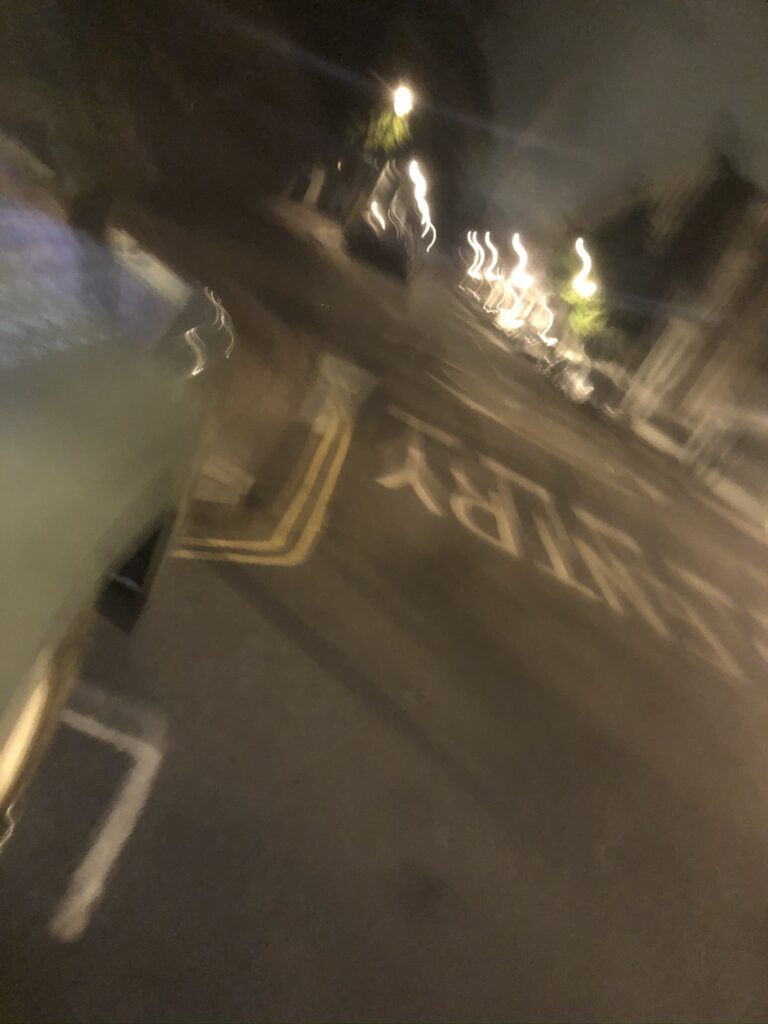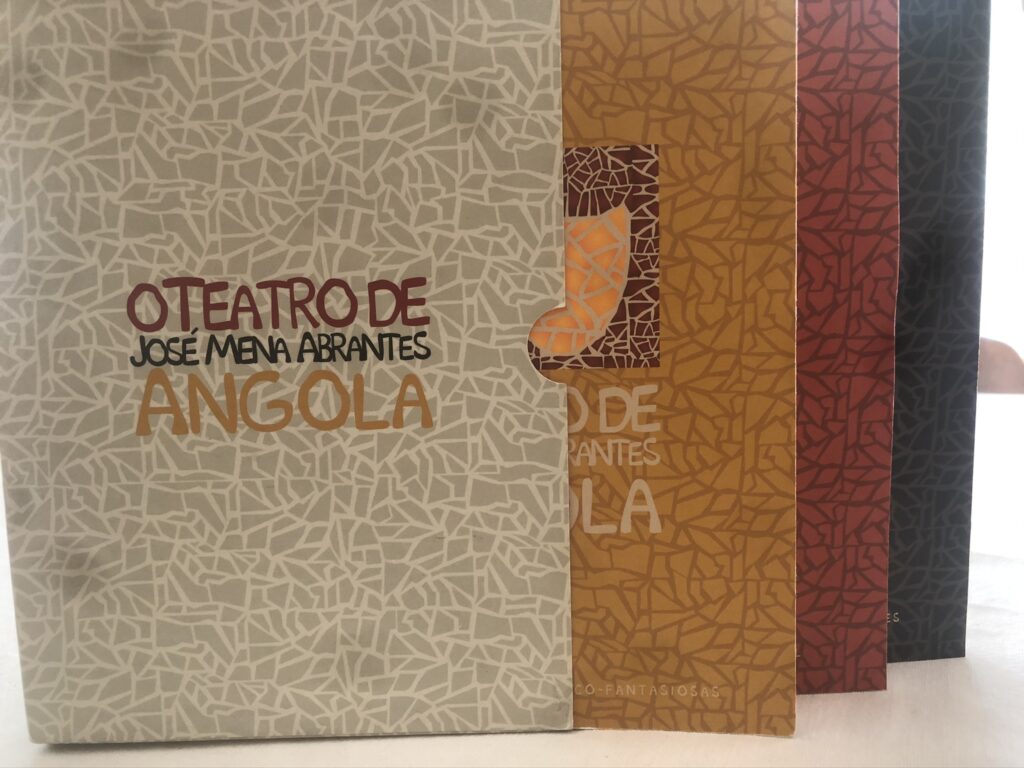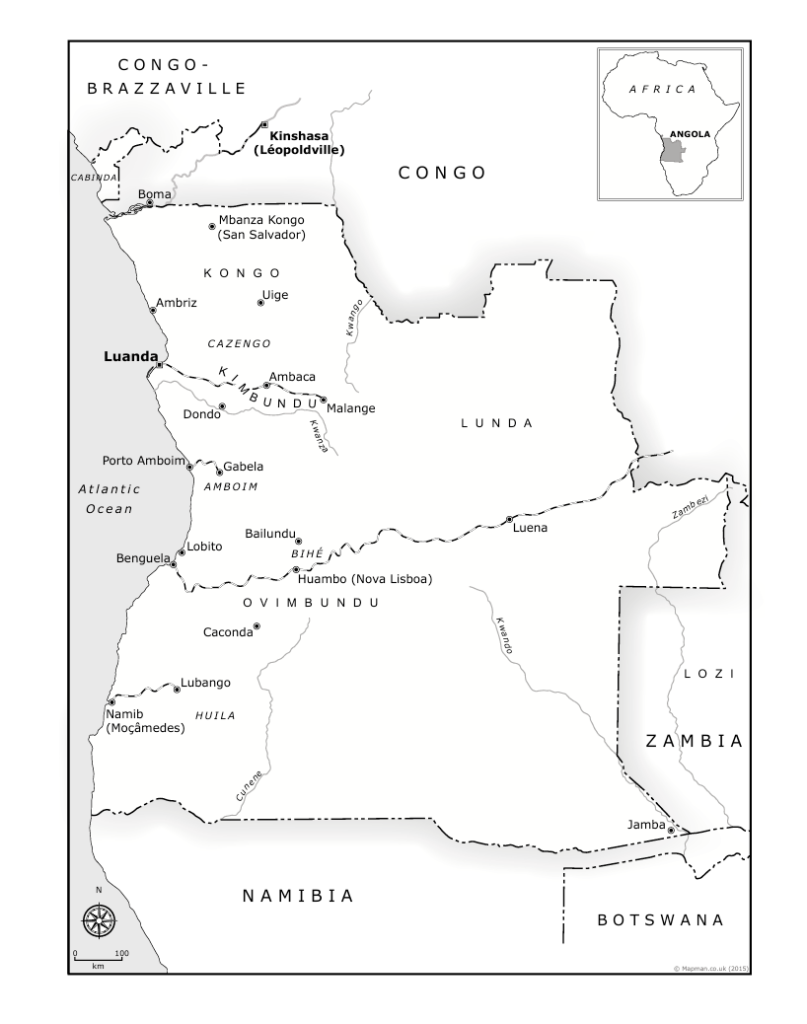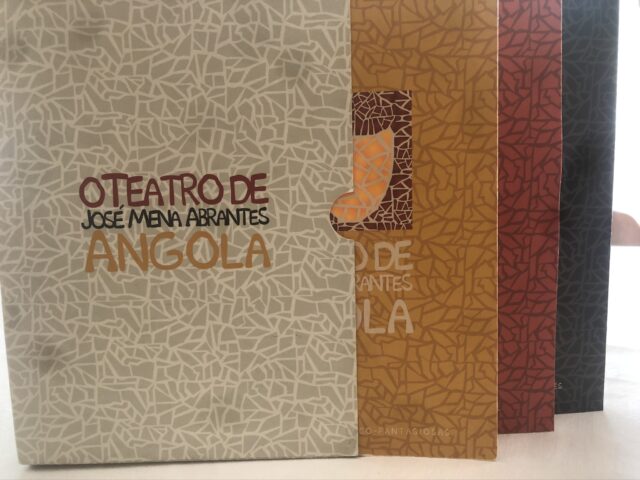

As I discover the elements, dynamics and conditions that describe Angolan’s modern history, the country presents a confluence of cultures perceptible from aspects such as migrations from and throughout Angolan’s middle and modern age. Angola’s history widens and widens also in geographical terms and there is a bit of sense of navigating an infinite road. Cities and towns have changed names throughout the “three stages” of Angolan modern era, and the delineation and borders that came to define Angola were also strongly complicated during colonialism presenting the north of the country as Congo. I am immersing into traditions, socio-economic, political and historical perspectives that speak not only of a dramatic and sometimes terrifying colonial and post-colonial past and present, but also of authors and academics whose approaches and addressing of Angolan’s history comes not only from within the country but also from outside. The presence of Brazilian and Portuguese conquistadores from the nineteenth century until 1975 when the country gained independence, along with other European countries’ involvements and the internal relations and dynamics within the African continent offer a large landscape where Angola has an infinite number of paths, angles and cultures through which it can be addressed, understood and analyzed. As I have come across the ethnicities and religious groups, among others, that are present in Angola, I am trying to complement these non-fictional discoveries with the works of Jose Mena Abrantes to quite literally translate the “colors” of this director’s works into the colors of Angolan’s history. For the colors of Angola I intend the multiplicities of cultures, influences (positive and non), internal and international dynamics that have been shaping this land. In the selection of these works, Mena Abrantes along with the collaboration of other artists, researchers and historian engages exactly in what it seems an artistic approach of Angolan history starting with the yellow cover to introduce plays of historical thematic; the red cover plays of current/modern issues and ending with Volume number three with a black cover recounting and including Angolan’s traditions.

So here I am… being captured by this territory, which before this Award was not “part of my map” but now it is opening me to new horizons, while I try to find what will be the pieces framing my puzzle/ research.
